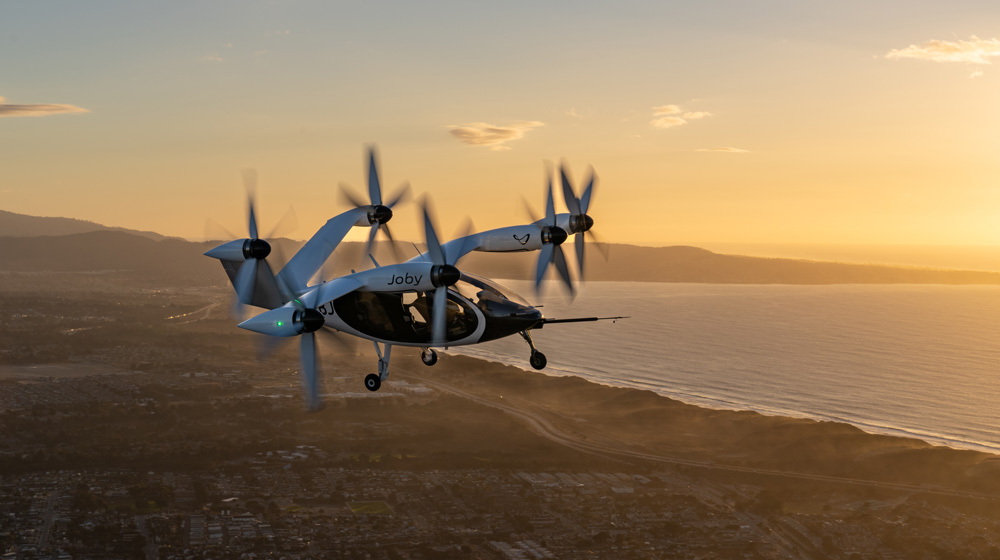Resistance to noise threats new types of drones

Flying cars above the Globe Arena and drones for cargo transport taking off and landing from Stockholm rooftops. Is this a realistic future scenario, and how do we get there? One thing that threatens the development is something as simple as noise.
"Unmanned passenger planes could become a reality by 2024." "New city skylines in the coming decade." It's not difficult to find headlines that depict future transportation systems with flying cars and vertiports, personal drones flying from place to place – perhaps between rooftops – instead of between airports. Taxi drones to and from the arenas are already promised during the upcoming Olympics in Paris next year. Because it's a fact: When drones are capable of carrying more than just a camera, new possibilities for transportation open up, both for goods and passenger transport.

"We may have great technology, but for implementation, we need to consider the unforeseen consequences that arise when scaling this up," says Pernilla Ulfvengren , researcher at the Department of Industrial Economics and Management (INDEK) at KTH Royal Institute of Technology.
It may sound exciting to have personal drones over our cities, but when it comes down to it, people are not so willing to change their immediate surroundings.
"If you introduce drones in Stockholm, it will likely face strong resistance. Look at the opposition to wind farms – 'not in my backyard.' People's resistance to noise is the single biggest threat to the expansion of different types of drones."
Pernilla Ulfvengren's research project, APIS , aims to increase the chances of implementing a new transportation system. In addition to finding a platform that can simulate the sound propagation of drones, the project maps out how the transportation system would need to be planned and implemented. The results could serve as a basis for urban planners, for example.
"We focus on the Stockholm area because there is expected resistance here. In small towns, it's easier to see how new technology can quickly create value, such as in postal delivery or solving transportation routes not covered by trains."
But does Stockholm need more transport modes? With a rapidly increasing population and a public transportation system that has essentially reached its capacity limit, Pernilla Ulfvengren believes we need to think differently.
"We must do what we can to create new travel patterns. New boat lines, as well as drones, offer some flexibility in the systems. Voi’s electric scooters proved to fulfill a significant need, but it emerged in a chaotic way. Today, many stakeholders see the efficiency of drones in their operations, but it risks becoming a similar chaos if the infrastructure is not in place. We must build a system capable of scaling up."
The healthcare sector sees many benefits in using drones for transporting samples or organs between hospitals and labs without being constrained by traffic. Here, Ulfvengren's research team can help paint a scenario by simulating routes, comparing transportation modes, and determining how to fly with minimal disruption.
"When it comes to saving lives, it's easier to gain acceptance; everyone supports that. If it is done well, commercial drones may follow and be accepted. But if it goes wrong, it can create an aversion that makes the next project impossible."
She draws parallels to sensitive issues such as nuclear fuel cells, wind farms, and the wolf population – it's easy to be positive as long as you don't have the problem in your backyard. What are we willing to sacrifice if it means individuals pay a higher price than others?
"The technology and science fiction images are very exciting. Many technology enthusiasts and politicians are enthusiastic about it. I don't want to be a killjoy, but when it comes to noise, one must be realistic – it's a factor to be taken seriously."
Text: Anna Gullers
